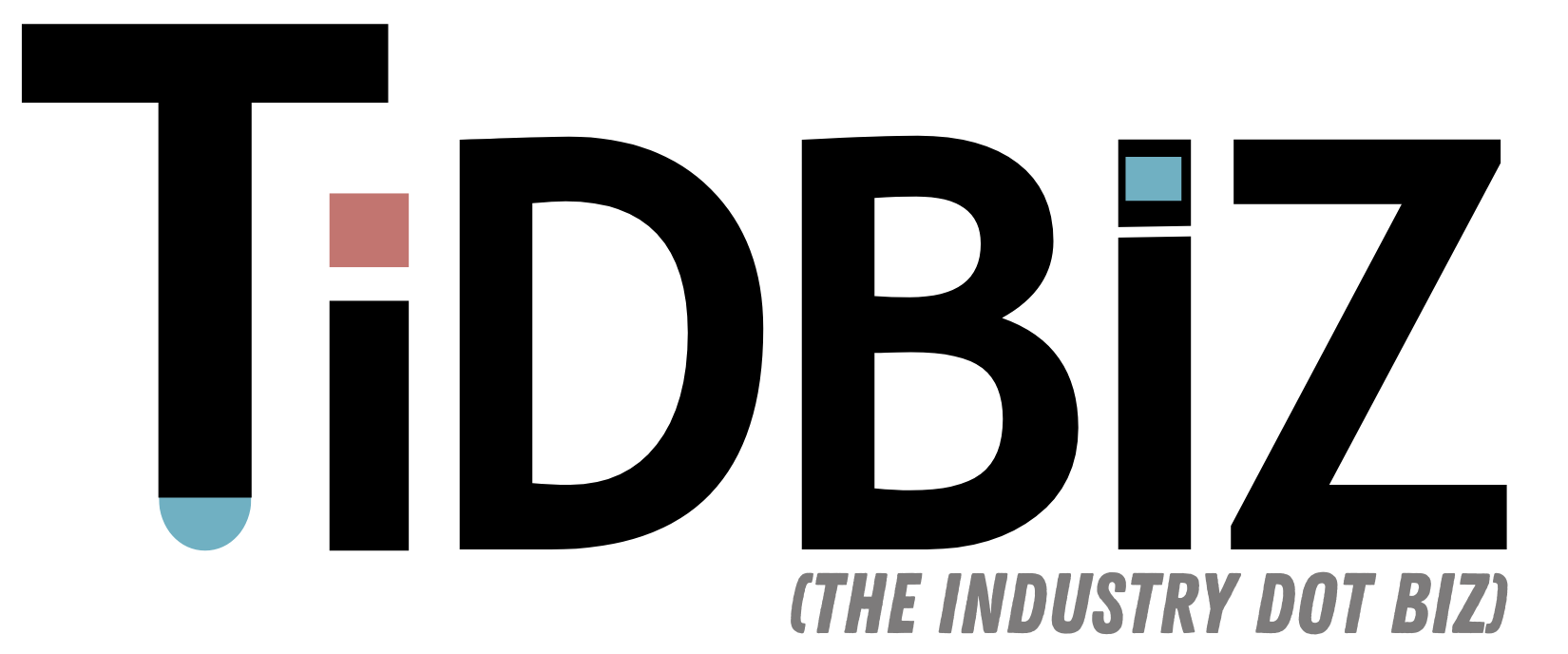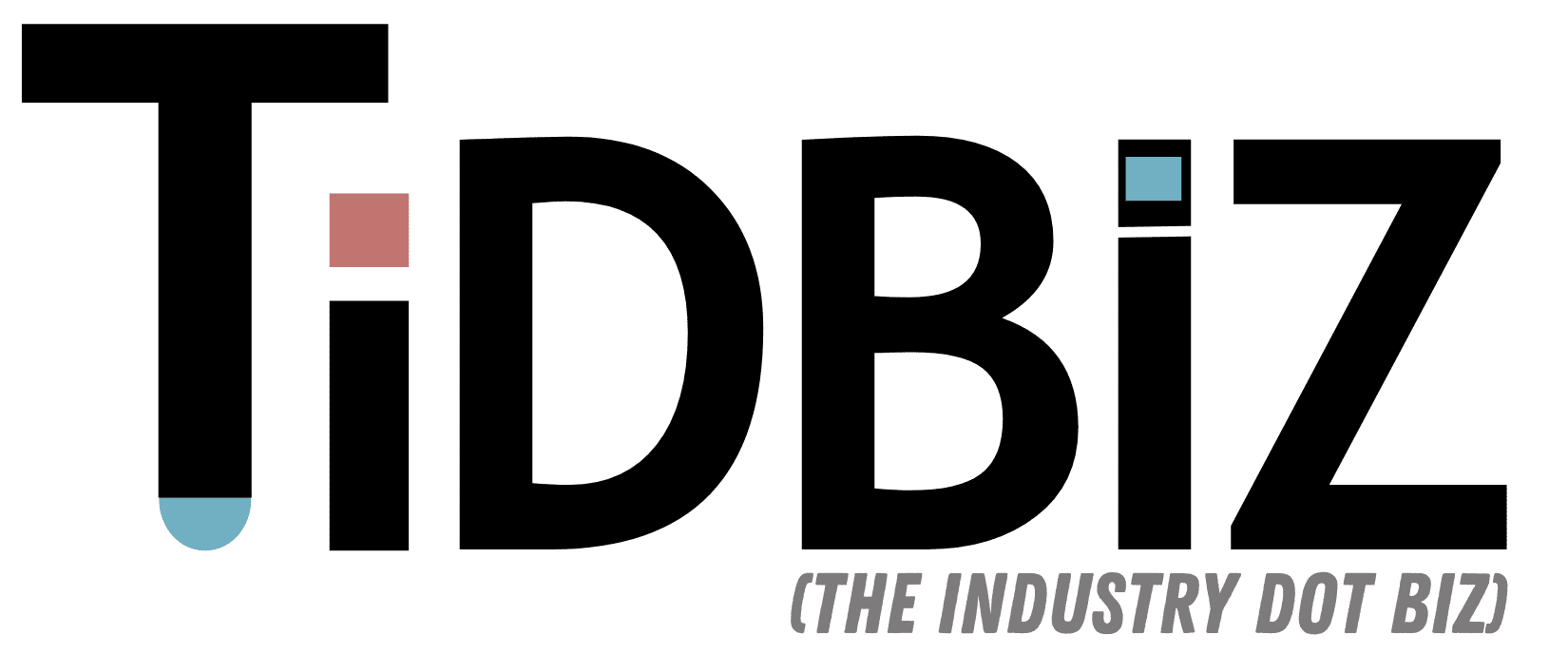Introduction
The U.S. e-book publishing market is experiencing significant growth, fueled by technological advancements, evolving consumer preferences, and innovative business models. This expansion reflects a broader shift towards digital reading and content consumption.

Market Growth and Projections
In 2024, the U.S. e-book publishing market was valued at approximately $4.7 billion. Projections indicate an increase to $6.3 billion by 2032, representing a compound annual growth rate (CAGR) of 3.9% during the period from 2025 to 2032.
Driving Factors
Technological Advancements: Innovations such as AI-driven narration and interactive e-books are enhancing the digital reading experience, making it more engaging and personalized.
Consumer Preferences: Readers are increasingly favoring digital formats for their convenience and affordability. Platforms offering subscription-based services, such as unlimited access to extensive e-book libraries, are attracting a broad readership.
Educational Adoption: Educational institutions are transitioning to digital textbooks, driving demand for academic content and contributing to market growth.
Genre Popularity
Fiction dominates the e-book market, accounting for approximately 50% of sales. Within this category, romance is particularly popular, with 58% of Amazon’s top-selling e-books in 2023 falling into this genre. Non-fiction, especially self-help and personal development titles, is the fastest-growing segment, reflecting a post-pandemic shift in reader interests.
Business Models
While one-time purchases remain common, subscription-based models are gaining traction. Platforms offering unlimited access to a vast selection of e-books for a regular fee are expanding rapidly, providing readers with cost-effective options and fostering greater engagement.
Regional Trends
The Northeast region leads in both market size and growth rate, indicating a strong consumer base and high adoption of digital reading services. This trend is supported by widespread access to digital platforms and devices, including smartphones, tablets, and e-readers.
Competitive Landscape
Major players in the e-book publishing market are continually expanding their services and content offerings to maintain consumer engagement. The rise of self-publishing platforms has democratized the industry, allowing independent authors to reach wider audiences and diversify available content. Additionally, new business models, such as freemium services, are creating more revenue opportunities, benefiting both publishers and consumers.
Conclusion
The U.S. e-book publishing market is evolving rapidly, driven by technological innovations and changing consumer behaviors. As digital reading continues to gain popularity, the market is expected to expand, offering diverse content and flexible access options to readers nationwide.
#eBookPublishing #DigitalReading #MarketGrowth #TechInnovation #ConsumerTrends #DigitalTextbooks #SelfPublishing #SubscriptionServices #RegionalTrends #CompetitiveLandscape







